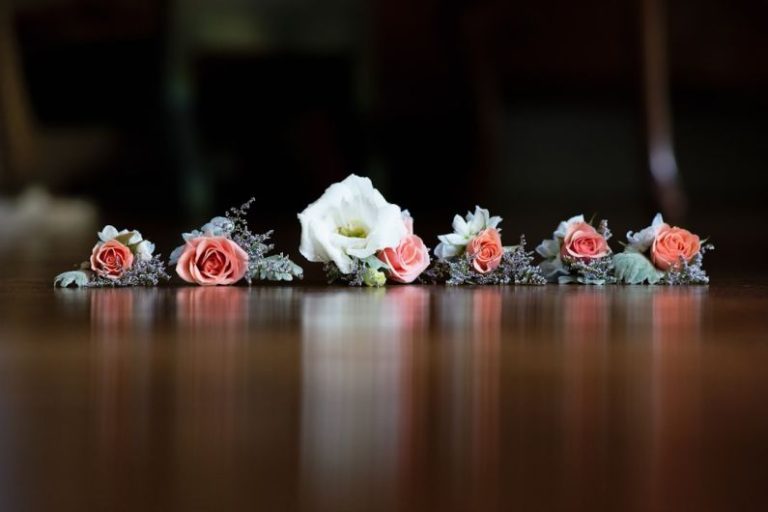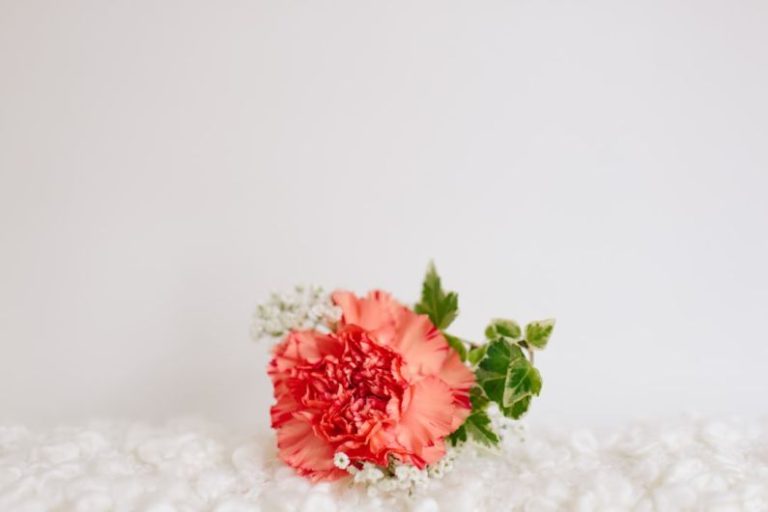
Sewing buttonholes on stretch fabric can be a bit tricky compared to working with woven fabrics due to the fabric’s stretchy nature. However, with the right techniques and tools, you can achieve professional-looking buttonholes on stretchy materials. Whether you are working on a stretchy knit top, dress, or leggings, mastering the art of sewing buttonholes on stretch fabric is essential to ensure a polished and durable finish.
Understanding the Stretch Fabric
Before diving into sewing buttonholes on stretch fabric, it’s crucial to understand the nature of the material you are working with. Stretch fabrics, such as jersey, spandex, and lycra, have a higher degree of elasticity compared to woven fabrics. This elasticity allows the fabric to stretch and recover, making it comfortable to wear and providing a close fit to the body.
Choosing the Right Needle and Thread
When sewing buttonholes on stretch fabric, it’s essential to use the right tools to ensure a successful outcome. Opt for a ballpoint needle, which is specifically designed for knit fabrics. Ballpoint needles have a rounded tip that slides between the fabric’s fibers instead of piercing them, preventing snags and runs in the material.
Additionally, select a high-quality polyester thread that matches the color of your fabric. Polyester thread has some stretch, making it ideal for sewing on stretch fabrics. Avoid using cotton thread, as it may not have the necessary elasticity to withstand the fabric’s stretch.
Stabilizing the Fabric
To prevent stretching and distortion while sewing buttonholes on stretch fabric, it’s crucial to stabilize the fabric before stitching. Use a lightweight stabilizer or interfacing to reinforce the buttonhole area. Place the stabilizer on the wrong side of the fabric beneath the buttonhole location to provide support and prevent the fabric from puckering or stretching during sewing.
Sewing the Buttonhole
When sewing buttonholes on stretch fabric, it’s recommended to use a buttonhole foot attachment on your sewing machine. This specialized foot helps to create precise and consistent buttonholes with ease. Follow these steps to sew buttonholes on stretch fabric effectively:
1. Mark the Buttonhole Placement: Use fabric chalk or water-soluble fabric marker to indicate the buttonhole placement on your fabric.
2. Set Up Your Machine: Attach the buttonhole foot to your sewing machine and select the appropriate buttonhole stitch setting. Test the stitch on a scrap piece of fabric to ensure the size and tension are correct.
3. Position the Fabric: Place the fabric under the presser foot with the buttonhole marking aligned with the center of the foot.
4. Stitch the Buttonhole: Start sewing the buttonhole by lowering the needle at the starting point of the marked line. Allow the machine to stitch the buttonhole automatically, following the predetermined length set by the machine.
5. Reinforce the Buttonhole: To reinforce the buttonhole on stretch fabric, consider sewing a few extra stitches at the beginning and end of the buttonhole to secure the threads.
6. Trim and Open the Buttonhole: Carefully cut open the buttonhole using small scissors, making sure not to cut through the stitches. You can use a seam ripper to open the buttonhole fully.
Testing and Adjusting
After sewing the buttonhole on stretch fabric, it’s essential to test its functionality and durability. Insert a button through the buttonhole to ensure it fits properly without stretching the fabric excessively. If needed, adjust the buttonhole size or tension on your machine for optimal results.
Achieving Professional Results
With practice and patience, sewing buttonholes on stretch fabric can become a seamless process. By understanding the unique characteristics of stretch fabrics, choosing the right tools and techniques, and testing your buttonholes for functionality, you can achieve professional-looking results on your stretchy garments. Mastering the art of sewing buttonholes on stretch fabric will enhance the quality and longevity of your handmade clothing pieces.





